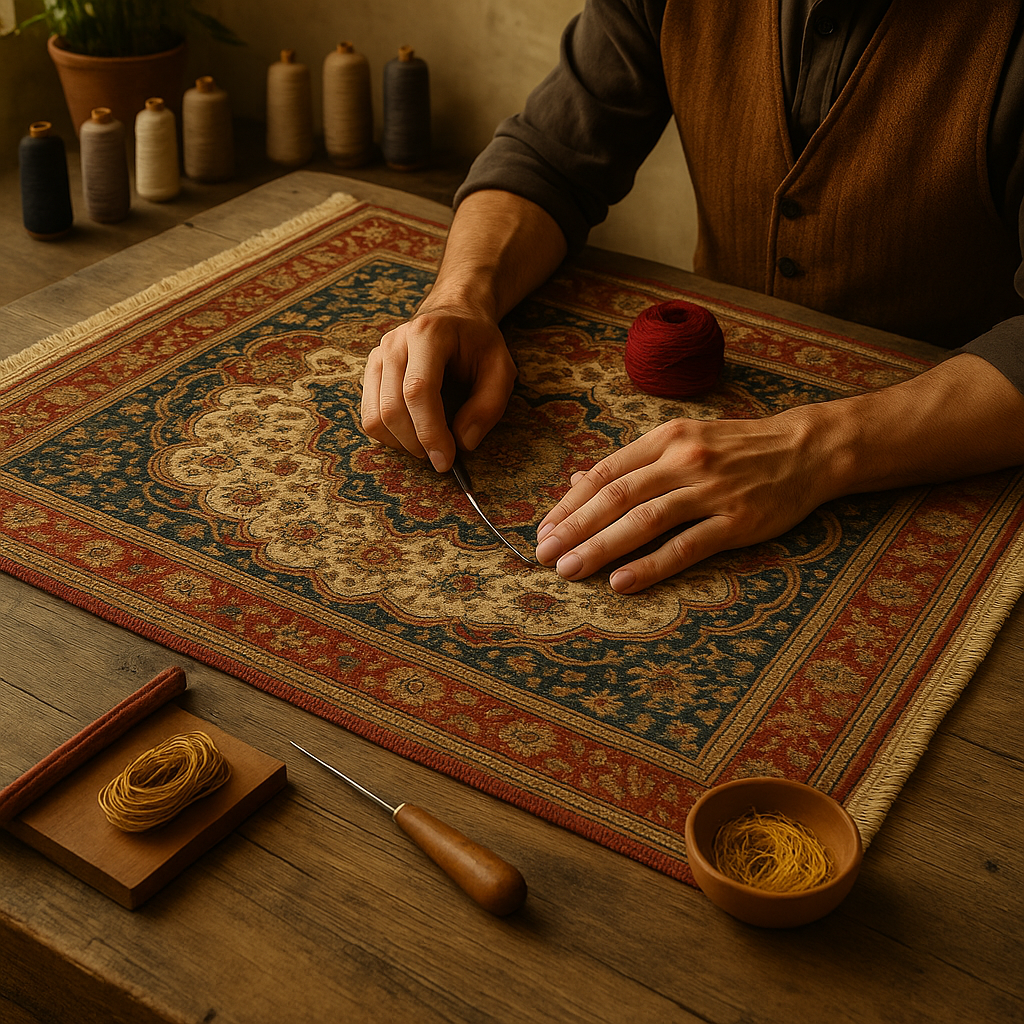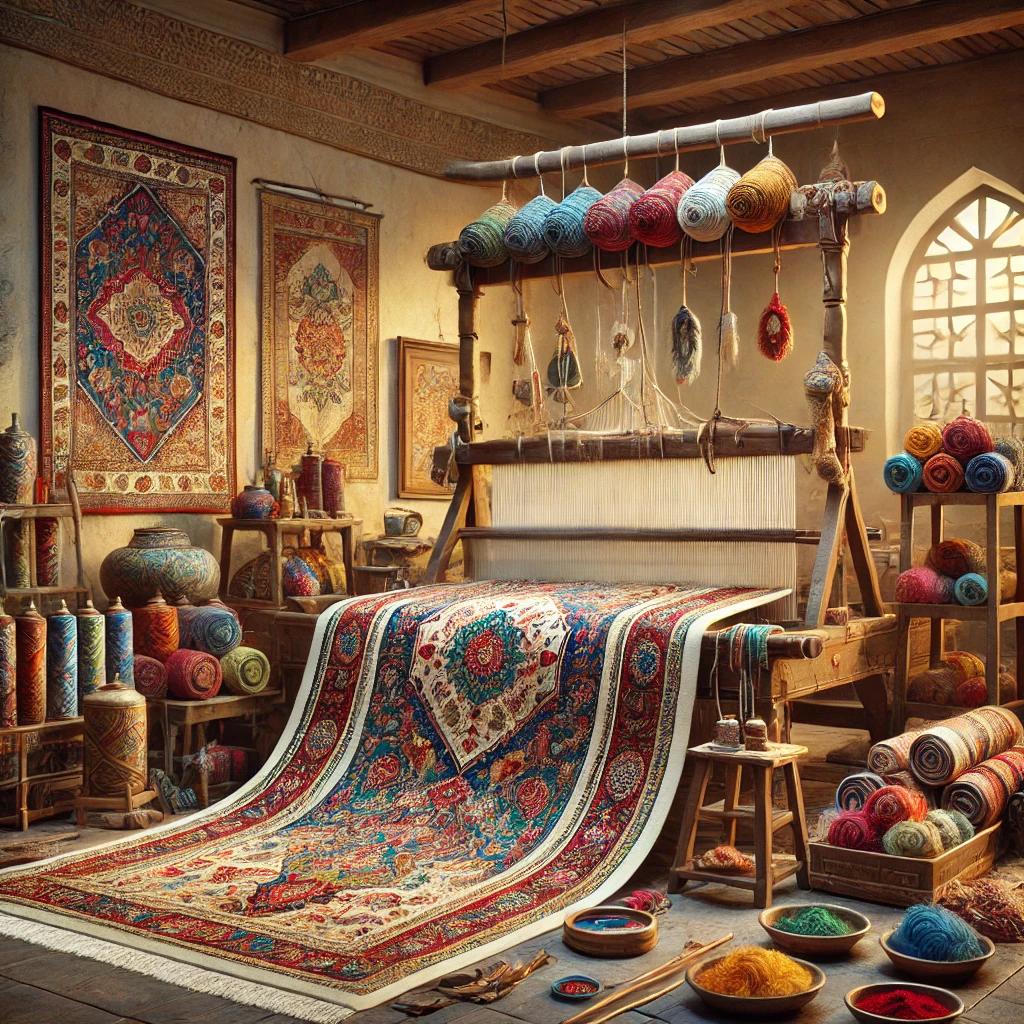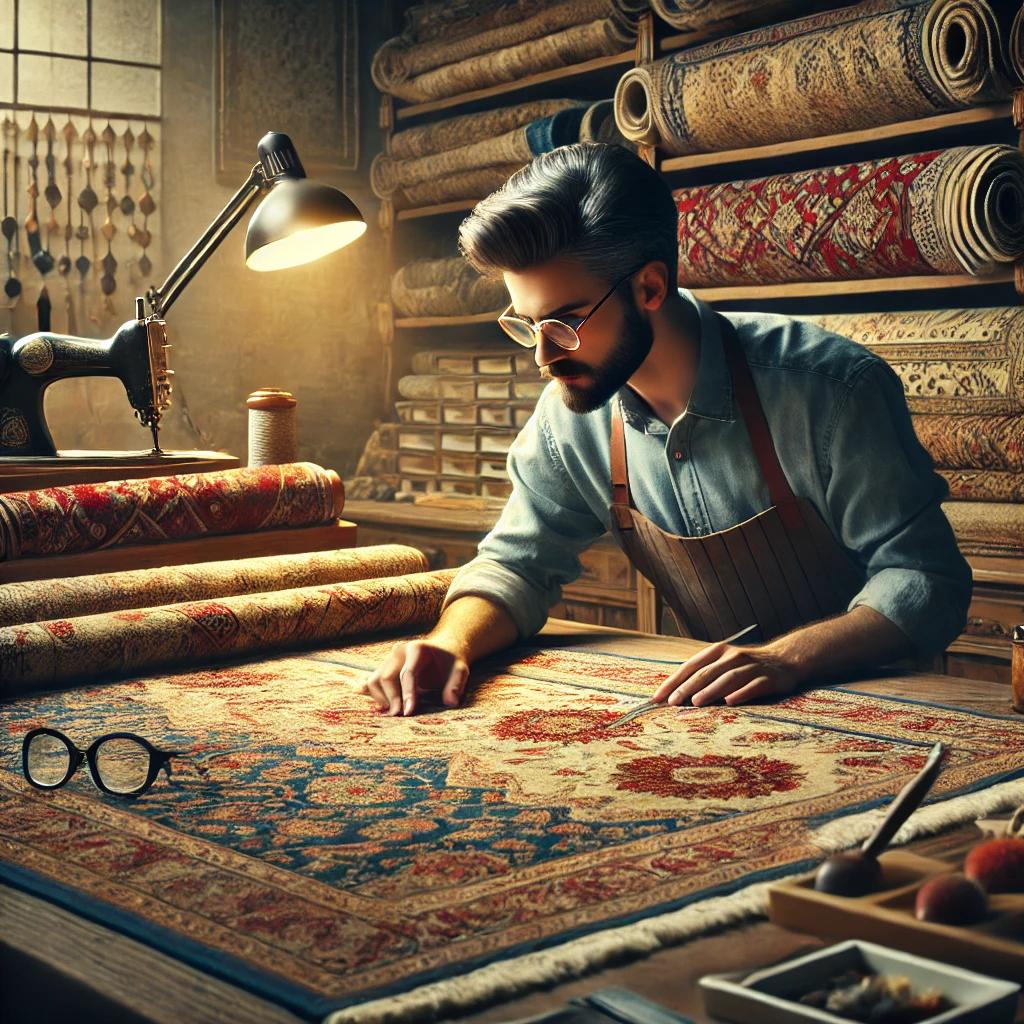Persian rugs are not only masterpieces of craftsmanship—they are living heirlooms rich with culture, memory, and value. Over time, even the most treasured rugs may suffer from wear, fading, or damage. That’s where the art and science of rug restoration come in.
At Persian Rug Gallery, we specialize in bringing vintage and antique Persian rugs back to life. Through a blend of traditional techniques and modern textile science, restoration preserves beauty, function, and legacy. Here’s everything you need to know about how Persian rug restoration works—and why it’s worth the investment.
1. Restoration vs. Repair: What’s the Difference?
Repair addresses minor damage like fringe replacement, spot mending, or edge binding. Restoration, on the other hand, is more comprehensive and involves reweaving, color matching, and structure reinforcement to return the rug to its original state.
Restoration often requires skilled artisans trained in:
- Persian knot techniques
- Natural dye replication
- Historical pattern matching
2. Why Choose Restoration?
- 🧵 Preserve Heritage: Each rug tells a story—restoration keeps that story alive.
- 💰 Protect Value: Professionally restored rugs retain or even increase their market value.
- 🏠 Enhance Usability: A restored rug can return to everyday use without fear of further damage.
- ♻️ Sustainable Choice: Restoring reduces waste and honors artisanal traditions.
3. The Science Behind It: Materials and Techniques
Modern restoration integrates scientific understanding of:
- Fiber aging: Wool, silk, and cotton weaken over time—requiring matching materials.
- Dye chemistry: Natural dyes must be carefully replicated for seamless color integration.
- Environmental protection: Proper washing removes acids, bacteria, and pollutants that cause rug deterioration.
Expert restorers analyze the structure of the rug before determining the best approach.
4. Key Restoration Services
- Reweaving worn or threadbare areas using identical knot styles
- Fringe and edge reconstruction to prevent unraveling
- Color restoration to correct fading or match original tones
- Foundation reinforcement for weakened cotton or wool bases
5. When to Restore
Signs your Persian rug may benefit from restoration:
- Bare patches or thread loss
- Faded or discolored sections
- Worn fringe or unraveling edges
- Uneven wear or holes from foot traffic or furniture
Early intervention often leads to better results and lower cost.
Meta Description:
Explore the art and science of Persian rug restoration. Learn how skilled craftsmanship and textile knowledge can revive and preserve your heirloom rugs.
Explore More
- External Link: Smithsonian Magazine – Articles tagged as Textiles
- Internal Link: How to Restore Antique Rugs: A Step-by-Step Guide
📍 Persian Rug Gallery
51 Springboro Pike, Miamisburg, OH 45342
📧 buyprg@yahoo.com
📞 (937) 436-3655
🌐 Visit Our Website



